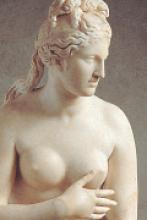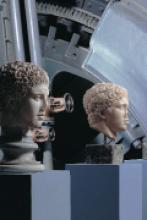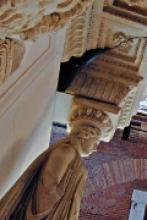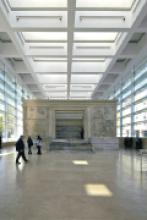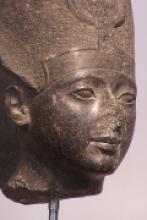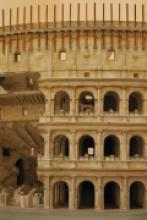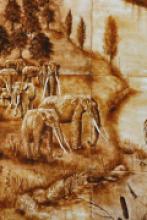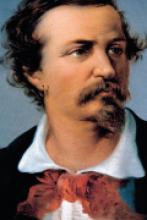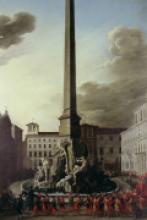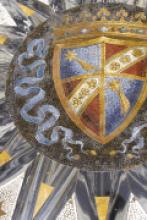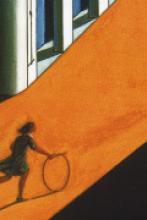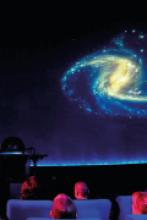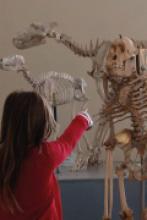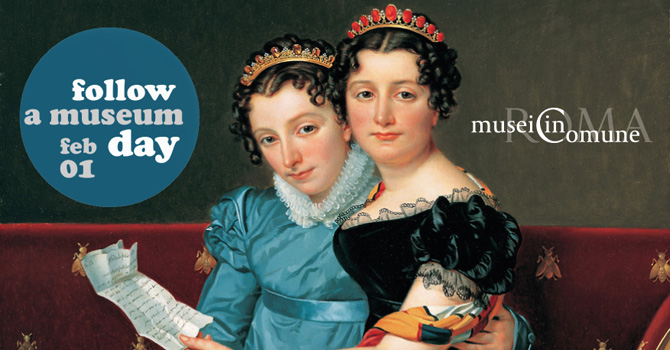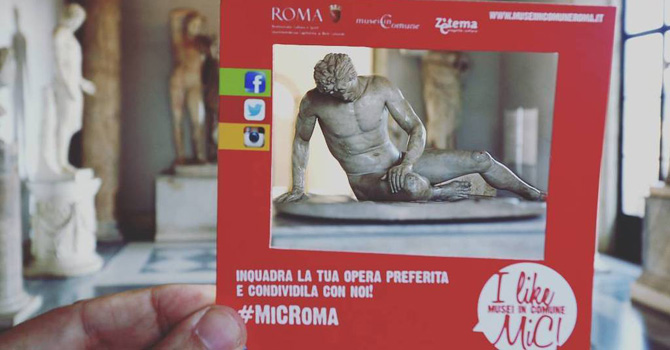A new philosophy
The philosophy of the new Planetarium of Rome and the Astronomical Museum, which has been presented at numerous national and international conferences, works according to the most recent scientific directives, moving attention from the technical explanation of phenomena to the emotion generated by contact with nature and with the unknown, a powerful intellectual “fusing” for any experience and understanding. Leaving behind the old attempt to increase Public Understanding of Science, simply through direct, mechanical explanations of natural phenomena, the new philosophy is to create a “hands on, hearts on, minds on” atmosphere. The strategy is to involve the public (Public Awareness of Science, or even Public Engagement in Science & Technology), seeking to communicate, more than anything, the interest, the fascination, and the enchantment of the skies, which are fundamental to a deeply absorbed and fully comprehended understanding.
Contrary to the usual transference of scientific knowledge from on high (academia) to the lower levels (the ignorant and undiscriminating public), this is a democratic approach, which seeks to interact with the spectators, setting in motion a dialectic of knowledge through extremely varied cultural experiences, founded on experimental and innovative methods of communication.
The natural curiosity for the astronomical phenomena which are now, more than ever, absent from our skies, is the ideal way of transmitting the methodology, results, and emotions of science as a cultural enterprise, which is, however, never completely separated from the humanities, in a city such as Rome which is naturally dominated by artistic, historic and literary stimuli.
The planetarium is conceived as a celestial theatre, a background to which is provided by an immersive museum, which relies on the use of lights, models and dioramas, while offering discrete possibilities for playing and learning in the information posts. Ties with art and culture are underlined, as, for instance in the rich “Impacts” section of the screenings under the cupola, and the interdisciplinary voyage offered by the majestic geode video.
The focus of the experience, and fulfilment of the cultural route, is, naturally, the spectacle of the night sky, which has been recovered from its complete obscurity, and is presented by the staff using various literary devices and touching many different chords in the spectator’s soul. There are three main types of show designed for the general public: the “Celestial Panormas”, which give beginners an overview of astronomy and its phenomena, the “OpenUniverses”, with an in-depth study of a single scientific theme, including planetology, cosmology and astrophysics, and the “Impact” shows, which have already been mentioned and offer historical, mythological and artistic visions of the science of the skies. But the Planetarium, with its events, conferences and exhibitions, offers far more to the city: a stable point of reference for the cultural heritage of astronomy, a place for meetings and debate, as well as for the diffusion of scientific knowledge. As evidence of the active communicative role that the Planetarium has taken on in recent years – a role which distinguishes it from the usual “passive” museums and exhibitions – let us remember the extensive series of extra-program happenings, which involved thousands of citizens: three White Nights full of music, shows and projections, a highly successful cycle of conferences – “Full Moon Encounters” – involving researchers and experts across the international scientific panorama, an ambitious experimental piece using live telescopic footage of real stars on a virtual sky (“Skies of the South” and “Astronomers for a Night”), numerous live astronomical observations (“Shadow of the Moon”, “RedMars”, “The Night of the Comet”, “Lost Skies”), the scientific theatre of “Astrocafé – On a ray of Light” and “Einstein’s Clocks”, two conferences dedicated to the experts in the field of scientific communication, and the tour to the IInd Festival of Science at Genova, with a portable planetarium and the exhibition “Microscopes for Physics”.
The Planetarium of Rome continues to renew itself and to turn curious glances towards the sky. It has a particular eye to children, through the character of Doctor Stellarium, a true favourite with the infant public, but it also positions itself as a centre of collection and documentation, thanks to a dynamic website and the archive of multimedia material which is being collected and will soon be at the disposal of the public.


